Why BYOD represents evolution not revolution
Is BYOD necessarily the panacea that some suggests? We explore the disconnect between the theory and reality.
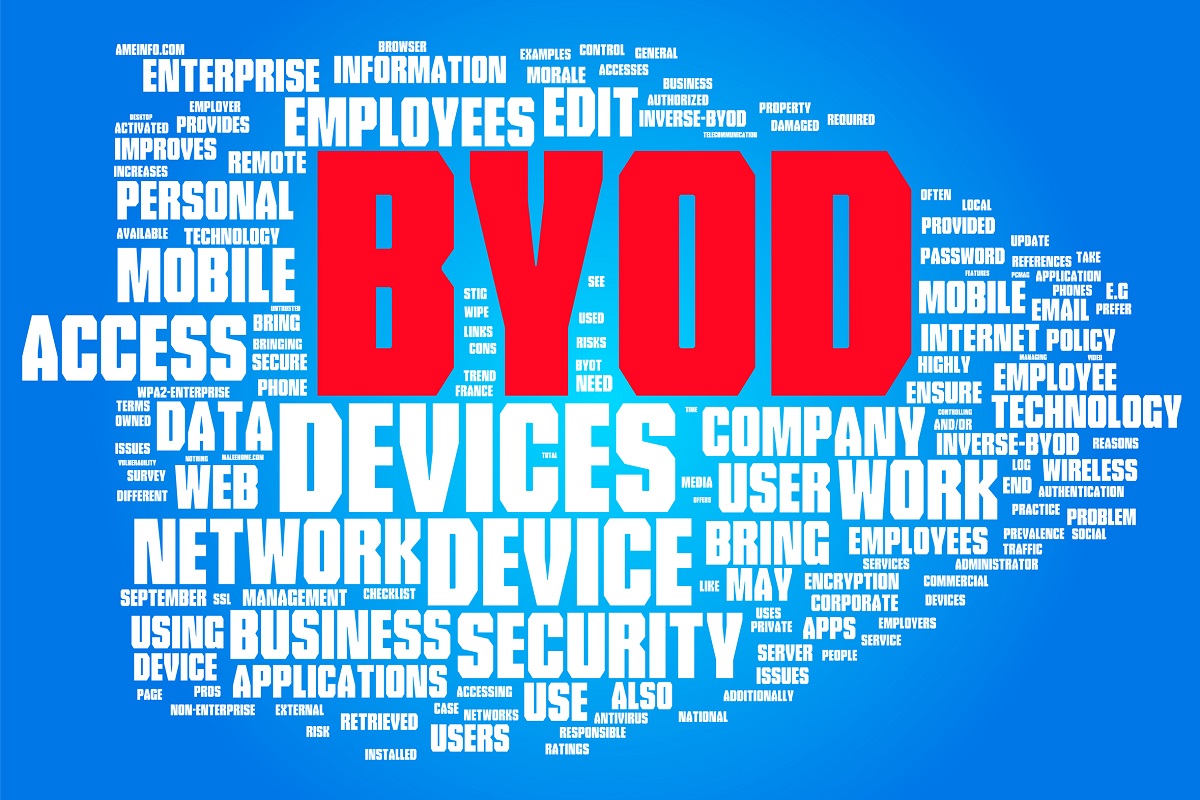
"You still need a helpdesk to answer all the queries and fix all the issues," says Henrys.
Different devices add yet another layer of complexity. While creating virtual infrastructure to develop a "cloud-based" desktop may overcome this problem, that in itself adds costs to the bottom line. Indeed, even a virtual infrastructure needs to be implemented and maintained by the IT department. Sometimes this can be running alongside the normal infrastructure, doubling up on support costs for the IT organisation. It doesn't make economical or common sense.
While building an infrastructure to cope with a variety of devices accessing the network is one thing, privacy and security is quite another, warns Henrys.
Grey areas
Allowing the user to bring their own device into the corporate network will mean that device will contain a mixture of personal and corporate data. While a user storing personal data on corporate machines is nothing new, there will inevitably be problems around security when corporate data is stored on personal devices.
You still need a helpdesk to answer all the queries and fix all the issues.
"What rights do the company have to that data when the employee leaves?" questions Henrys. He says that there are a lot of HR and privacy laws yet to be formulated around this issue.
Also, one big issue that could take the romance and excitement out of an employee wanting to use their own device for work is what can happen if/when that device is lost. The organisation has to take steps to ensure any confidential information is not compromised and this generally means carrying out a remote wipe of data on that device. For the user, this could also mean that precious personal data is wiped out at the same time. Suddenly, along with the data, the user's romance with BYOD is dead.
Get the ITPro daily newsletter
Sign up today and you will receive a free copy of our Future Focus 2025 report - the leading guidance on AI, cybersecurity and other IT challenges as per 700+ senior executives
Henrys thinks the way out of this is for the IT organisation to provide business devices with consumer features that the users want. Windows 8 being a great example of such flexibility offered to businesses and users alike. It still allows the IT organisation to maintain control of the devices but the user has a device that can be a tablet when it needs to be or can convert to an ultrabook for other purposes.
But while keeping everything within a Microsoft environment where Windows devices can join the network and be controlled by IT appears the best solution, some workers may still want to use their iPhones, Android devices and iPads. So this appetite for variety must be factored in at the planning and delivery stages.
ITPro is a global business technology website providing the latest news, analysis, and business insight for IT decision-makers. Whether it's cyber security, cloud computing, IT infrastructure, or business strategy, we aim to equip leaders with the data they need to make informed IT investments.
For regular updates delivered to your inbox and social feeds, be sure to sign up to our daily newsletter and follow on us LinkedIn and Twitter.
-
 Should AI PCs be part of your next hardware refresh?
Should AI PCs be part of your next hardware refresh?AI PCs are fast becoming a business staple and a surefire way to future-proof your business
By Bobby Hellard Published
-
 Westcon-Comstor and Vectra AI launch brace of new channel initiatives
Westcon-Comstor and Vectra AI launch brace of new channel initiativesNews Westcon-Comstor and Vectra AI have announced the launch of two new channel growth initiatives focused on the managed security service provider (MSSP) space and AWS Marketplace.
By Daniel Todd Published
-
 Everything you need to know about Lip-Bu Tan, Intel’s new CEO
Everything you need to know about Lip-Bu Tan, Intel’s new CEONews Intel has announced its next CEO in the wake of Pat Gelsinger's retirement, naming former board member Lip-Bu Tan as its new leader months after he quit.
By Nicole Kobie Published
-
 Intel CEO Pat Gelsinger announces retirement
Intel CEO Pat Gelsinger announces retirementNews Gelsinger’s departure comes amid a tumultuous period at Intel
By Ross Kelly Published
-
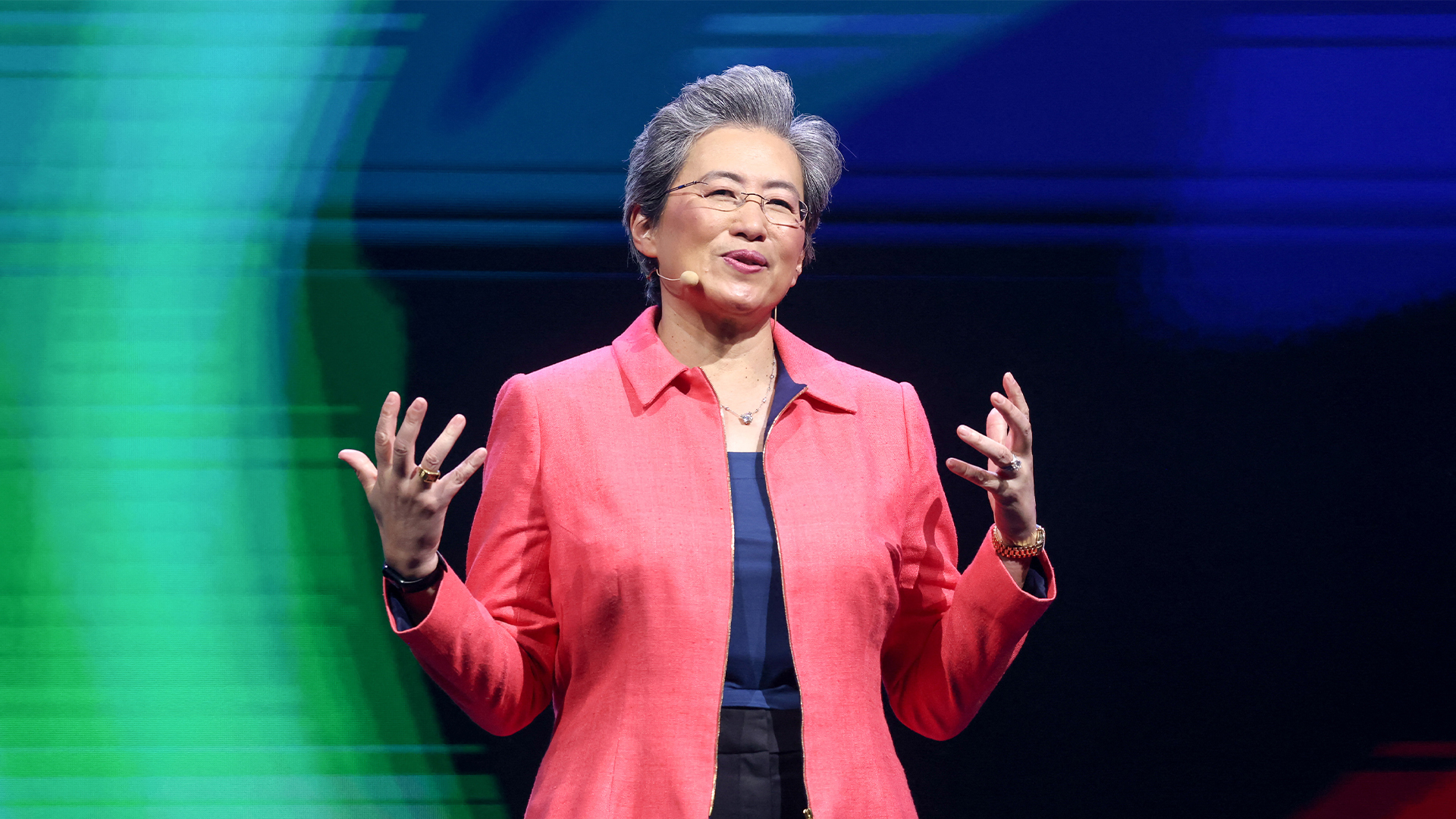 AMD to cut around 1,000 staff to focus on "growth opportunities"
AMD to cut around 1,000 staff to focus on "growth opportunities"News The AMD layoffs come after rival Intel cut staff on the back of flagging AI returns
By George Fitzmaurice Published
-
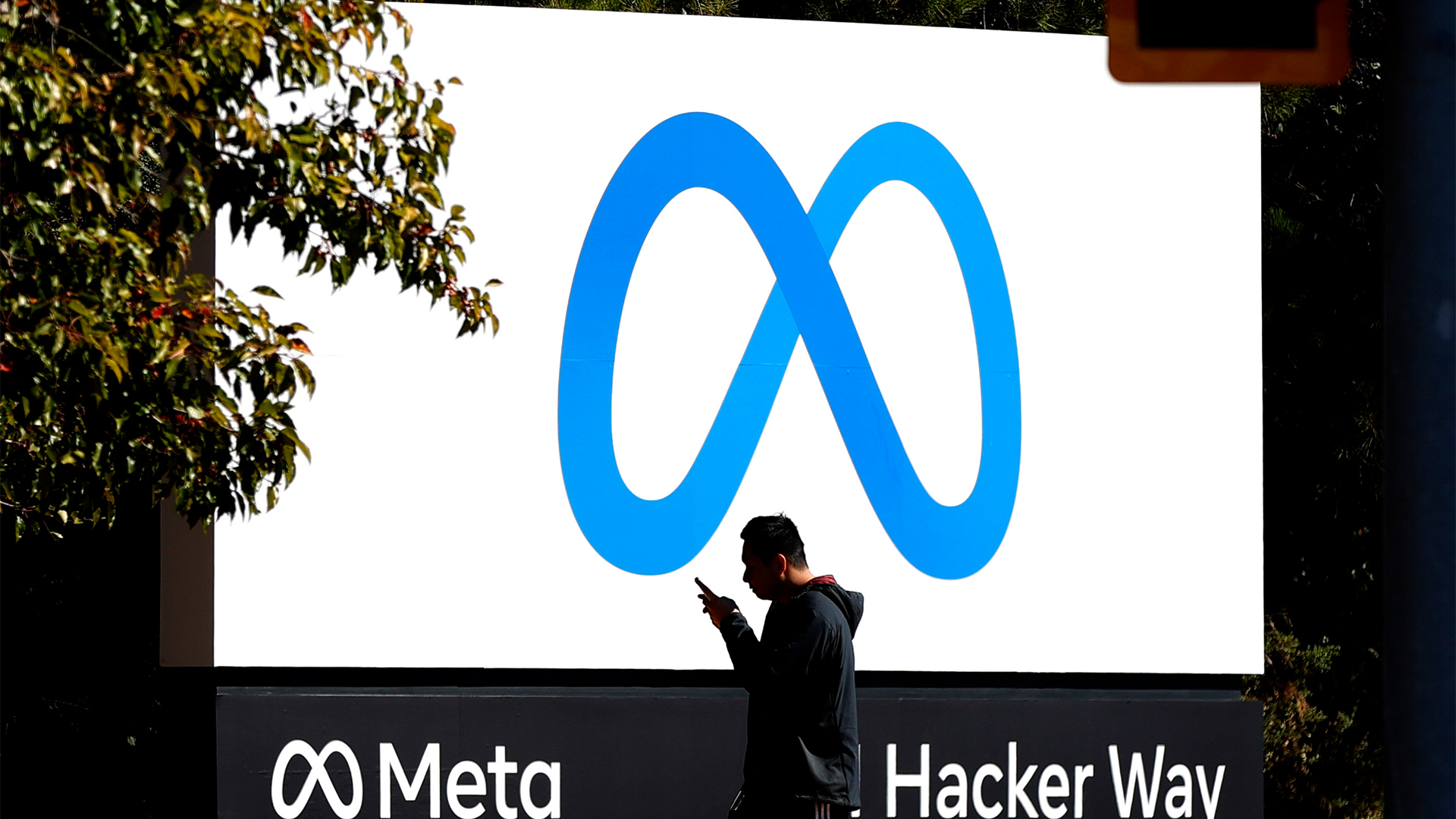 Meta layoffs hit staff at WhatsApp, Instagram, and Reality Labs divisions
Meta layoffs hit staff at WhatsApp, Instagram, and Reality Labs divisionsNews The 'year of efficiency' for Mark Zuckerberg continues as Meta layoffs affect staff in key business units
By Ross Kelly Last updated
-
 The power and the pain: Looking forward so you’re not held back
The power and the pain: Looking forward so you’re not held backAvoiding server modernization may seem like a cost-saving strategy, but the hidden risks of downtime, security breaches, and operational inefficiencies can quickly become far more costly…
By ITPro Published
-
 Modernization: Nothing to fear except failing to future-proof
Modernization: Nothing to fear except failing to future-proofAs businesses face mounting pressure to innovate while maintaining daily operations on tight budgets, modernization has become a necessity, not a luxury
By ITPro Published
-
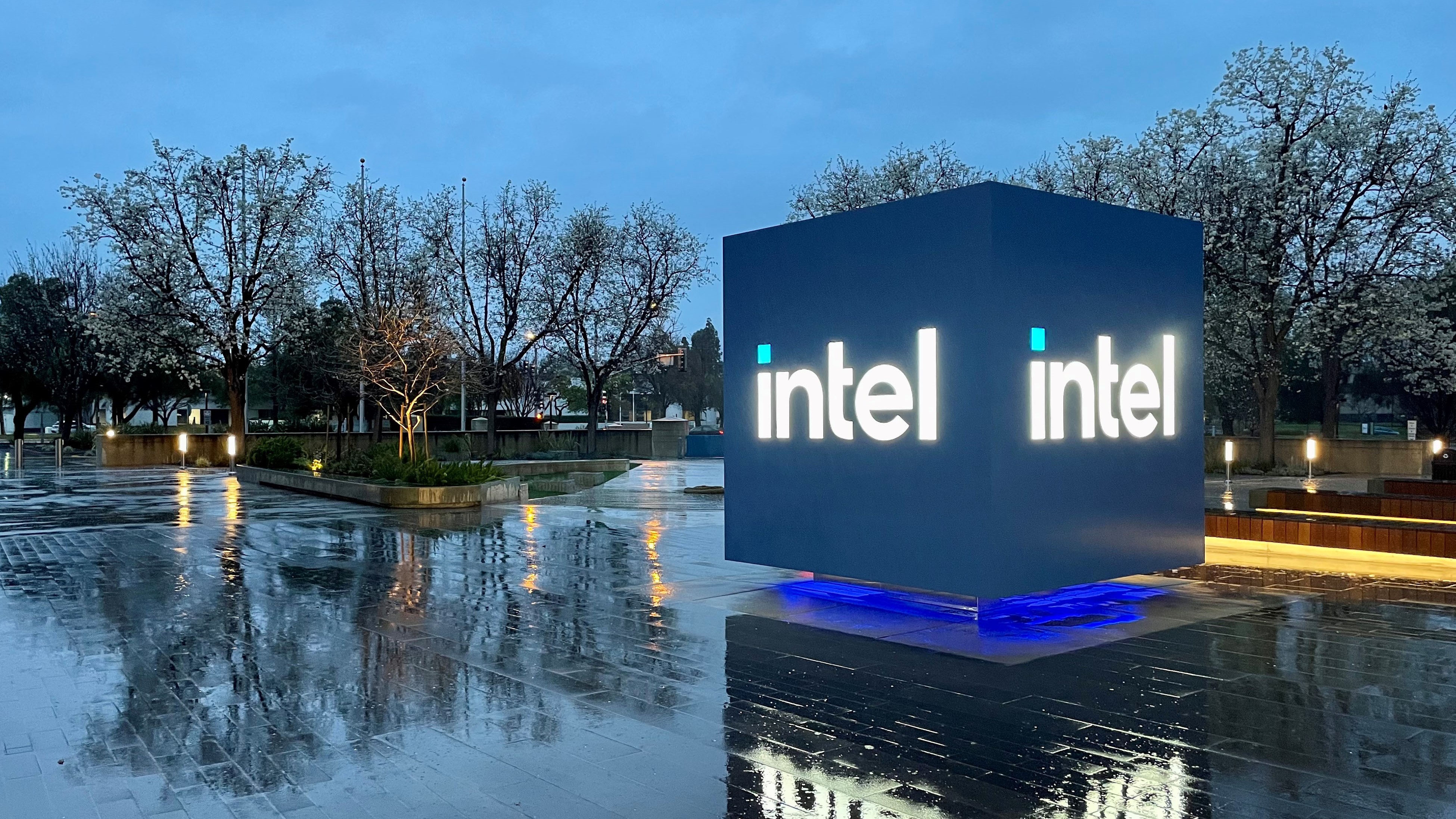 Everything you need to know about Intel
Everything you need to know about IntelIn-depth An essential guide to Intel, a trailblazer in microprocessor innovation and a foundational force behind the evolution of modern computing and the personal computer industry
By Rene Millman Last updated
-
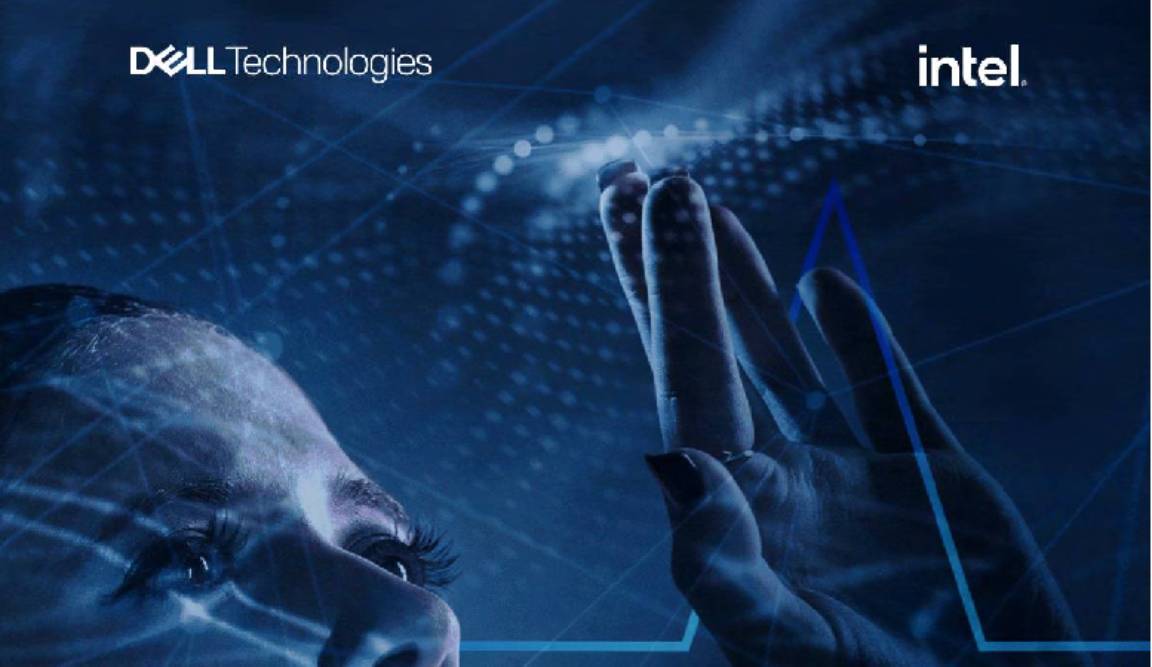 Five ways to drive innovation at the edge
Five ways to drive innovation at the edgeWhitepaper How an effective edge strategy can generate new value for your organization
By ITPro Published
